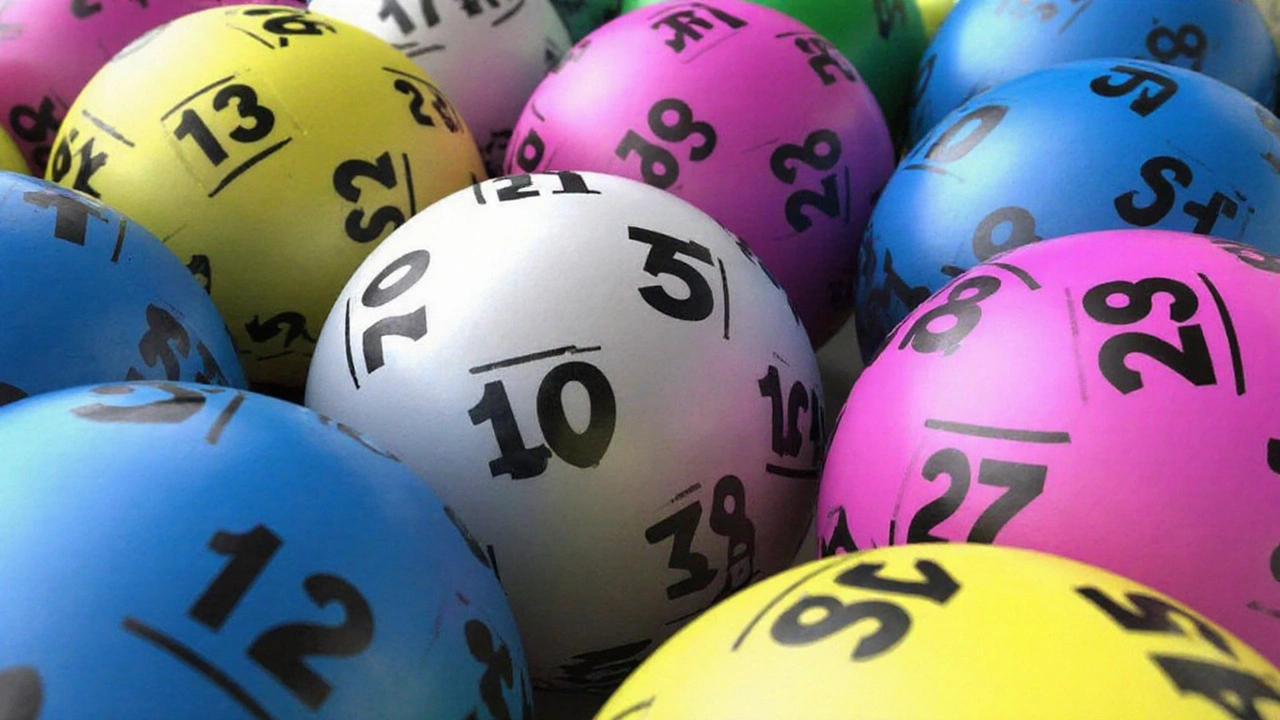Powerball Jackpot – Latest Updates and Insights
When you hear Powerball, the multi‑state lottery game that creates some of the biggest prize pools in the United States. Also known as Powerball lottery, it draws winning numbers twice a week and lets players claim a cash option instead of the annuity, you instantly think of the Jackpot, the cumulative prize that rolls over when no ticket matches all numbers. The size of the jackpot is the main driver behind ticket sales, and the drawing, the live televised event where the numbers are selected decides who takes home the prize. All of this happens within the broader lottery, a form of gambling where participants buy tickets for a chance at a prize ecosystem that spans 45 U.S. states and the District of Columbia.
Why the Powerball Jackpot Matters
The Powerball jackpot isn’t just a big number on a screen; it shapes player behavior, media coverage, and even state revenues. When the prize climbs above $100 million, you’ll see a spike in ticket purchases, a phenomenon researchers call the “jackpot effect.” This effect feeds back into the next drawing, often pushing the prize even higher if no one wins. At the same time, the cash option—usually about half the advertised amount—offers a lump‑sum payout that appeals to players who prefer immediate liquidity over a 30‑year annuity.
Understanding the odds is crucial. Matching all five white balls plus the Powerball gives you a 1 in 292.2 million chance—roughly the same as being struck by lightning multiple times. However, there are 26 ways to win a prize, so around 30 percent of tickets win something, keeping the game engaging for casual players. The odds also influence the size of secondary prizes, like the $1 million match‑5 reward, which can be a big draw for those who want a realistic shot at a life‑changing win.
State lottery commissions manage the flow of money from ticket sales to prize payouts and public programs. In many states, a portion of the revenue funds education, infrastructure, or veteran services. When the jackpot surges, the extra revenue can boost these programs, creating a ripple effect that goes far beyond the individual winner.
Technology has also reshaped the drawing process. Since 2020, most Powerball drawings are conducted using an automated random number generator (RNG) that ensures fairness and transparency. The live broadcast still features the iconic drum, but the RNG backs up the results, giving players confidence that every draw is truly random.
From a strategic standpoint, many players use number‑selection methods—quick‑pick, birthdays, or “lucky” patterns. While none of these approaches can improve the mathematical odds, quick‑pick tickets dominate sales because they’re fast and avoid common number clusters, reducing the chance of sharing a jackpot.
Looking ahead, the next drawing promises another chance at a life‑changing sum. Whether you’re a regular player, a first‑time ticket buyer, or just curious about how such massive prizes are built, the Powerball jackpot will continue to capture headlines, spark conversations, and fuel dreams across the country.
Below you’ll find the most recent articles that break down the latest jackpot figures, explain the drawing schedule, and offer tips for anyone thinking about joining the next round. Dive in to stay informed and see how the Powerball ecosystem evolves with each new drawing.




